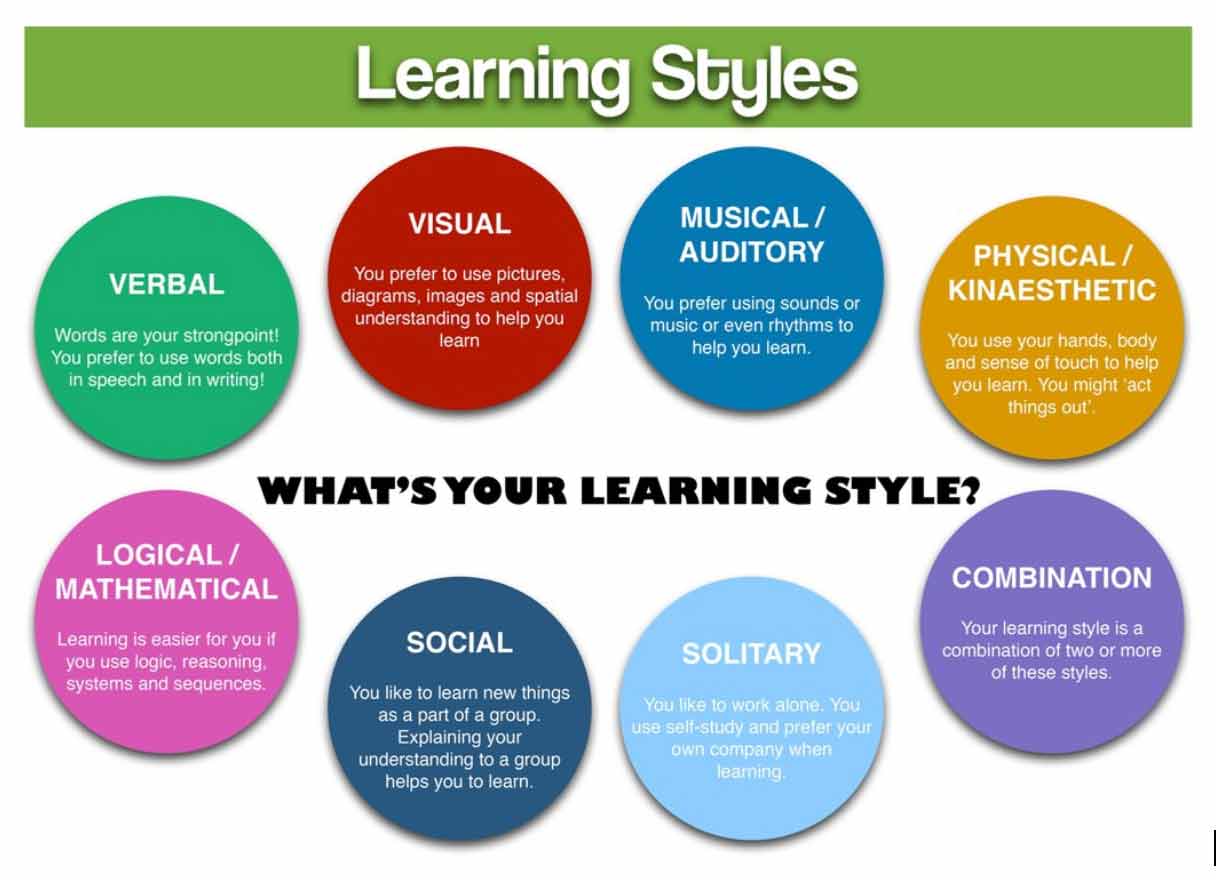We’ve all done a lot of learning in our lives, right? As someone who runs virtual training sessions, I know I have.
Some of those learning experiences have been good, some bad, and some were spent daydreaming about something else entirely: oh, you know what I’m talking about when I say that! I’m sure you can relate to those moments, because you probably forgot what you were supposed to be learning, but likely remember how you felt, right?
I started my instructional career over twenty years ago, where I was instructing cadets through the Royal Canadian Air Cadets, and then, later, formalized my credentials by completing a Bachelor of Education.
I’ve taught thousands of people from all around the world, and have observed many more times that amount being taught by peers and colleagues. Further, as a part of my job with Venn Innovation, I get to work with amazing facilitators to help clients grow in their business.
When I’m working with others, we’re bringing in a range of learners: probably much like your organization. During COVID-19, we’ve seen some really interesting shifts in the dynamics of learning from lower ability to concentrate to stress. Then there’s Timmy spilling a large glass of milk during the pivotal part of your presentation. We’re dealing with real life right now. Here’s a great recent example:
Watch this little girl crash her mom’s live TV interview with the BBC pic.twitter.com/wEgJp1jR7M
— TODAY (@TODAYshow) July 2, 2020
So, how can instructors help the audience cope in this virtual learning environment? How can we improve?
Begin with the end in mind
For avid Stephen Covey readers, you’ll recognize ‘begin with the end in mind’ from The 7 Habits of Highly Effective People.
This was a quote that was shared with me early during my Bachelor of Education, and it’s stuck with me through the years.
If you don’t have an end goal set for what you want to accomplish, how are your learners supposed to understand the outcomes? Always have a clear point of “what’s the goal?” of this training. If it doesn’t have a goal, it’s probably worth examining if it’s worth having.
Think about who is in the “room”, especially when the audience is virtual.
There are a couple components to this:
Learning types:
Not everyone is going to learn well from video conferencing. As you can see from the graphic below, there are a variety of styles in which people learn.

If you don’t already know your virtual training audience, before learning begins, ask how they learn best and incorporate that into your delivery.
For some, that might mean some pre-reading. For others, that might be sending them a video recap of the most important learning points. For others, it may be sending them the audio, or even a transcript, of your discussion.
I was recently in some training where I would have preferred the presenter would use more visual cueing during the presentation (I’m a visual learner) and I found the lack of step-by-step learning points hugely overwhelming.
At times, my brain completely shut down, because I couldn’t process it all. It wasn’t because I didn’t want to learn, but my brain wasn’t allowing me to “chunk” the information.
As learning is a very fluid exercise, being able to “read the room” is really important.
If something’s not working, try something else.
If you’re stumped on how to approach it, there’s no need to say, “I planned to do this, but it’s not working”, you can just move on. Making statements like “I didn’t plan to do this…” or “I was supposed to do this, but it’s not working” undermines you in front of the audience you are leading. You don’t need to tell them that you’re stepping aside from your plan, you’re the leader!
You can always come back to it later in the session, or even after the session with some follow-up once you’ve had some time to think.
Culture
Think about who is in the room, and what that means for them.
Coming back to understanding who is in the room, you have to understand culturally what is the right approach. The topic, the delivery methodology, the exercises, the discussions that happen: every time you change participants, this will change the dynamics that you experience.
Let me give you an example.
When I taught technology at an international school in China, I had students from six continents: you can imagine the diversity in those rooms, and imagine the ideological differences of those in the virtual training environment. I had to be aware of who my audience was and relevant cultural cues while running virtual training sessions.
If you’re not familiar with customs or cultures, there is a lot of information out there on the web. Reach out to friends who come from those countries and cultures to understand. Ask, “this is what I’m discussing/teaching: is there anything I should be aware of on this topic? Or, are there certain things that I should do or not do with this culture?”
For instance, as you can see in the chart below, I would generally NOT put a South Korean learner on the spot and especially not in a situation where they might be embarrassed.They would likely not confront me, however, I may have caused them to lose face. Be aware, the concept of “saving face” is important in South Korean and other cultures.

Source: https://blog.prototypr.io/ux-design-across-different-cultures-part-1-1caa12a504c0
Getting someone to do something active that you consider “fun” might be absolutely humiliating for a person of another culture, so, be aware of who is in the room and what areas of sensitivity may be.
Saving face, religious beliefs (which could bring in a whole litany of sensitivities), communication styles, power dynamics, and so on: these all deserve consideration.
This is a place where information is power, and the more you know and are equipped walking into a session, the better.
Give yourself some grace
While the previous video is more recent, I’m sure you’ve seen this before (plus, I’m sure you’ve seen your share of COVID gaffes during this time).
If you’re the instructor or facilitator for content and virtual learning, it’s not always going to go well, and that’s okay!
“Always have a plan B”, was advice that was imparted to us during my teacher training, and well, it’s true. Sometimes tech fails, sometimes your slides don’t work, or maybe you even have a power outage. Consider backup options, while realizing that good and done is better than perfection.
Take your time, breathe, smile and do the best you can.
I do suggest communicating back-up plans (if appropriate) before time. If you are in an area, as an example, that is prone to power outages (yes, that’s a thing in some countries), then communicating “if the power goes out, we’ll start at the same time tomorrow or the next time we have power” is fine: help diffuse those 50-100 emails of “what are we going to do?” by getting ahead of it with the backup plan and communicating the protocols clearly. You’ll still get some emails/calls (because some don’t bother to read what you’ve written), but it will cut down on your workload.
Finally, realize that during this time (and any time, really), you may not win the group: you might be off that day, they might be off: that’s okay. Continue on, if it makes sense, and if things just don’t make sense to carry on, then talk alternatives with the group. If the goal (begin with the end in mind!) is to help learners get the topic clearly, that wins above everything else.
If you’re struggling or your group is struggling right now, that’s okay: we will get through this.
Remember: make a plan, be flexible, and do your absolute best: that’s all you can do for virtual training, sometimes.












